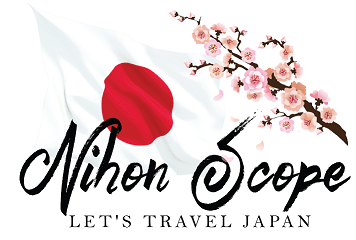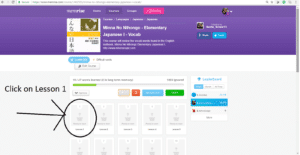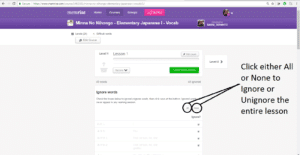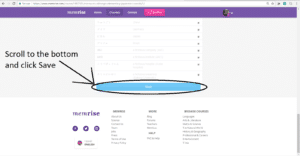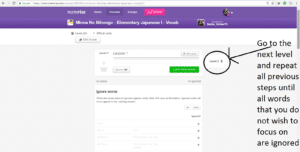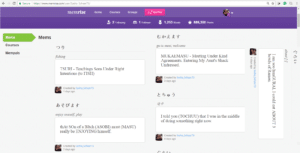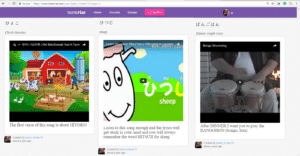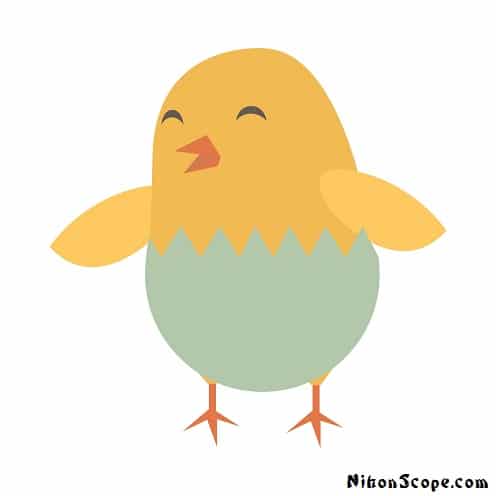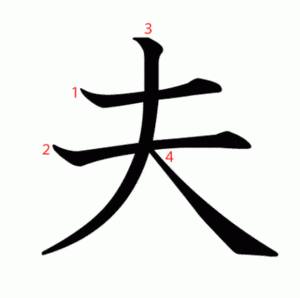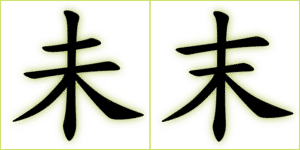So, I really like duplicating information into different formats. One of my favorite duplications is taking text from a book (especially lists, but sometimes chunks of information as long as it is broken up into fairly small groups and is very interesting information that deserves to be classified and organized) and typing into digital lists and different forms of study. One of my favorite websites to publish my digital lists of information onto is memrise.com which is a site with a wonderful program to review and study and learn such digital lists. Memrise is specially created for the purpose of studying languages. I have made many different courses on Memrise to help me study Japanese, you can see all of my courses here. But I mostly wanted to write this article to share my newest courses with my fellow classmates at FFLC.
First, I would like to share my course with all of the vocabulary words for みんんなのにほんごI. They are categorized by chapter, so you can easily ignore all other words and focus on learning and reviewing only the vocabulary words for the particular chapter you want to focus on. You simply have to go to each individual chapter page and click the ignore button and select the all box and scroll to the bottom and save.
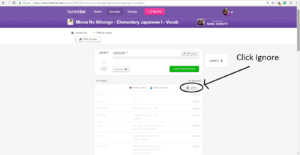
Once you are done reviewing a certain chapter and want to move onto the next chapter, you can ignore all of the vocab in the previous chapter and unselect (or select none to ignore) on the next chapter and save after selecting/deselecting words from each chapter. Once you have learned a word, you will never have to relearn it unless you want to and you clear the data you have accumulated for each individual course. So you can ignore words and once you unignore them it will be like you never ignored them in the first place. Also, if there is one word or a couple words that you still want to focus on learning and remembering, you can choose to unignore (not ignore) any words you wish and you will continue to review them every time you choose to review words you have learned.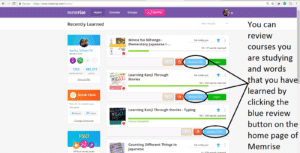
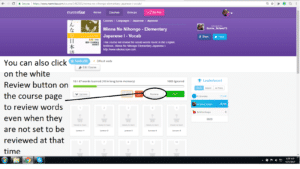
Secondly, I am working on typing up all of the Kanji vocabulary words from Kanji Through Stories. I have one course with the Kanji as the main focus that can be used to study the meaning of the kanji as well as pair the hiragana with the correct kanji. I also made another course to practice the correct spelling of each kanji vocabulary word by being able to type the correct pronunciation.
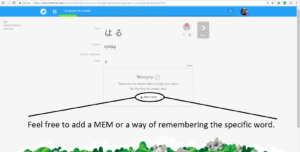
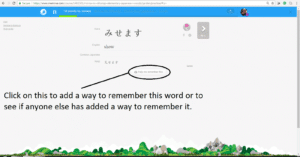 Please contribute a Meme if you think of a good way to help yourself and others remember a Japanese vocabulary word. You can even create Mems with videos to help you remember a word with a certain video. Simply type: embed:https://www.youtube.com/watch?v=6SZaryV1PLo followed by any text you wish to see below the video. Here are some examples of some Memes I have created.
Please contribute a Meme if you think of a good way to help yourself and others remember a Japanese vocabulary word. You can even create Mems with videos to help you remember a word with a certain video. Simply type: embed:https://www.youtube.com/watch?v=6SZaryV1PLo followed by any text you wish to see below the video. Here are some examples of some Memes I have created.
